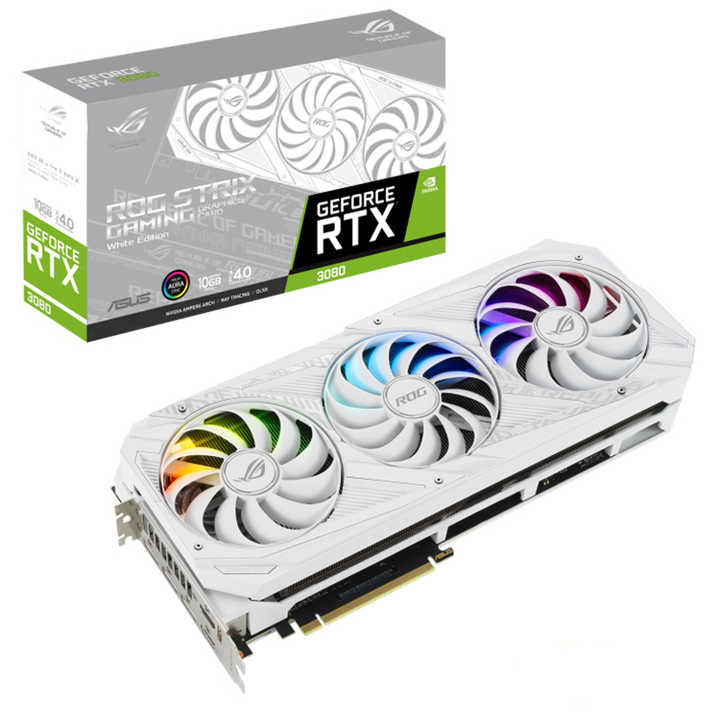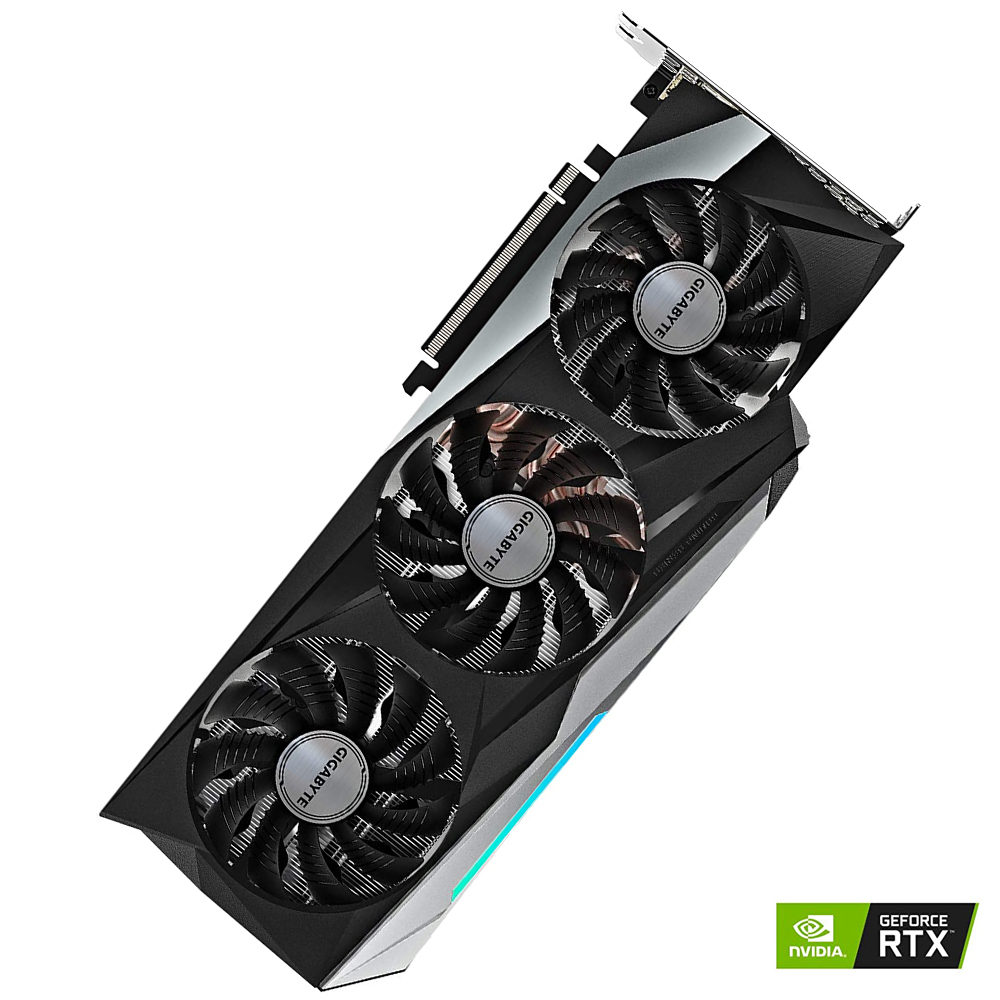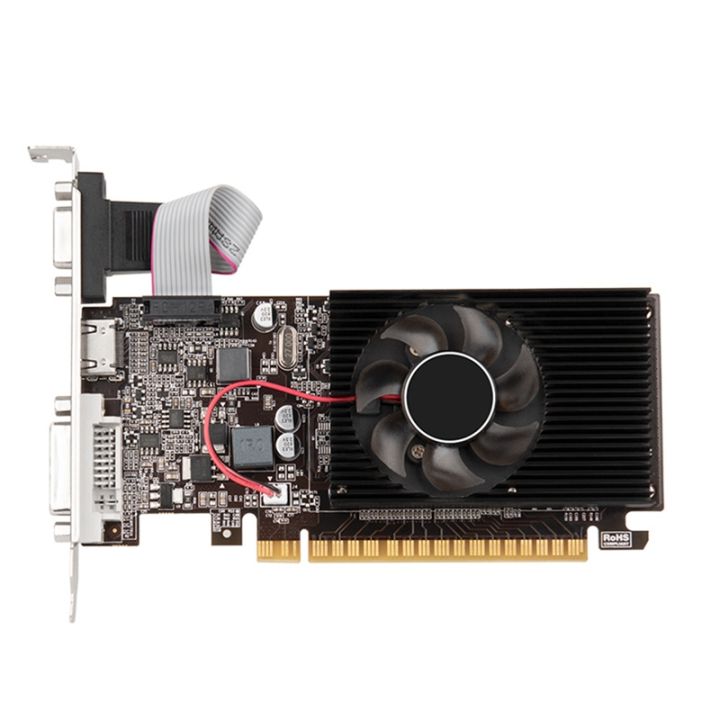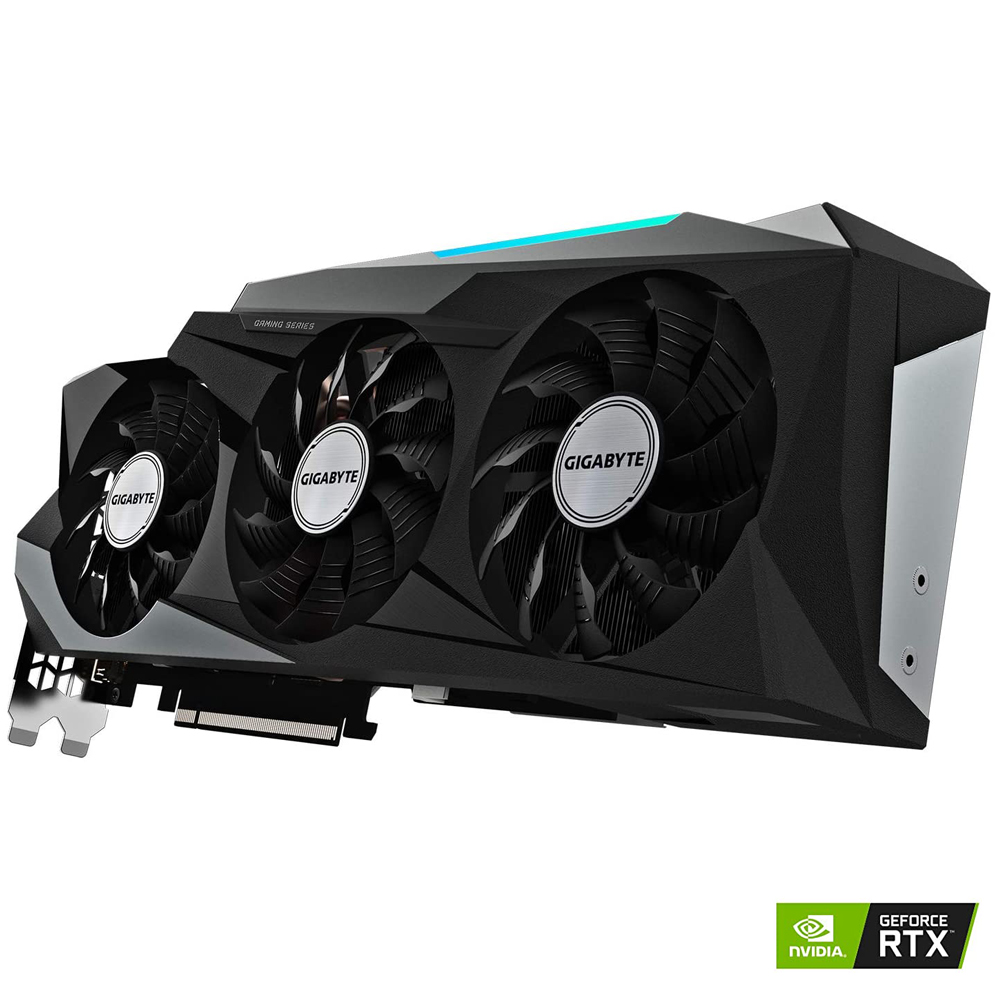The question of whether you can use a PC without a graphics card is a common one, especially among individuals building their own computers or looking to save money on components. While the short answer is yes, it’s important to understand the limitations and capabilities of running a PC without a dedicated graphics card. This guide will explore the essentials, benefits, and drawbacks of using a PC without a graphics card.
Understanding Integrated Graphics
To determine whether you can use a PC without a graphics card, you first need to understand integrated graphics.
What Are Integrated Graphics?
Integrated graphics refers to a GPU that is built into the CPU. Unlike dedicated graphics cards, which have their own memory (VRAM), integrated graphics share the system’s RAM. This type of graphics processing is sufficient for basic tasks such as web browsing, watching videos, and even light gaming.
Integrated graphics are common in many CPUs from Intel and AMD. They provide a cost-effective solution for users who don’t need high-end graphics capabilities.
Limitations of Integrated Graphics
While integrated graphics can handle everyday tasks, they come with limitations. High-end gaming, video editing, and 3D rendering require more graphical power than most integrated GPUs can provide. Additionally, integrated graphics can struggle with tasks that demand high frame rates or complex visual effects.
The performance of integrated graphics can vary between different CPUs. Users should check the specifications of their CPU’s integrated GPU to understand its capabilities and limitations.

Benefits of Using a PC Without a Graphics Card
There are several advantages to running a PC without a graphics card. These benefits can be appealing, particularly for those with basic computing needs or tight budgets.
Cost Savings
The most significant benefit is cost savings. Graphics cards can be expensive, especially high-performance models. By using integrated graphics, you can save a substantial amount of money. This allows you to allocate your budget to other important components such as a better CPU, more RAM, or a larger SSD.
Moreover, for budget-conscious users or those building entry-level PCs, the cost savings can make a notable difference. Integrated graphics provide an affordable solution for basic computing needs without sacrificing essential functionality.
Lower Power Consumption
Integrated graphics consume less power compared to dedicated graphics cards. This translates to lower energy bills and less heat generation within your PC. Lower power consumption can also contribute to a quieter system because the reduced heat means fans don’t have to work as hard.
Lower power consumption is particularly beneficial for compact or energy-efficient builds. It allows for simpler cooling solutions and can extend the lifespan of your hardware by reducing thermal stress.
Tasks Suitable for Integrated Graphics
Integrated graphics are suitable for many everyday tasks. Understanding what you can do with integrated graphics helps set realistic expectations for your PC’s capabilities.
General Computing
Tasks such as web browsing, office work, and media playback are well within the capabilities of integrated graphics. Most web-based applications and basic productivity software do not require a dedicated GPU to run smoothly. Integrated graphics can handle these tasks efficiently, providing a satisfactory user experience.
Integrated GPUs from modern CPUs are powerful enough to support high-resolution displays and multiple monitors, making them suitable for everyday desktop use.
Light Gaming
While integrated graphics are not designed for high-end gaming, they can handle light gaming and older titles. Games with lower graphical demands, such as indie games or older AAA titles, can run decently on integrated GPUs. Adjusting the game’s resolution and settings can further improve performance.

Gamers interested in casual or retro gaming might find integrated graphics sufficient. It’s essential to check the specific requirements of the game and the capabilities of the integrated GPU beforehand.
Limitations of Using a PC Without a Graphics Card
While there are benefits, there are also significant limitations to consider. Knowing these drawbacks can help you decide if a graphics card is necessary for your intended use.
Performance in Demanding Applications
Performance is the primary limitation. Integrated graphics fall short in demanding applications like modern gaming, 3D rendering, and video editing. These applications require more graphical power than integrated GPUs can provide. Users working with such applications will notice slower performance, longer rendering times, and potentially lower-quality output.
For professionals in creative fields or enthusiasts seeking high performance, a dedicated graphics card is essential. It provides the necessary power and capabilities to handle demanding tasks efficiently.
Reduced Capabilities
Integrated graphics often provide limited support for advanced features such as higher frame rates, detailed textures, and complex shaders. This limitation can affect the visual quality and fluidity of both games and professional applications. Features like virtual reality (VR) and 4K gaming typically require dedicated GPUs.
Reduced capabilities mean you may have to compromise on visual quality or miss out on certain advanced features. Understanding these limitations helps you make an informed decision based on your specific needs.
Upgrading and Future-Proofing
Deciding whether to use integrated graphics or invest in a graphics card also involves considering future needs and potential upgrades.
Future Needs
Consider how your computing needs might change over time. If you foresee needing more graphical power in the future, investing in a graphics card now could save you from an eventual upgrade. This is particularly relevant for users who plan to get into gaming, video editing, or other GPU-intensive tasks later on.
Thinking ahead about your future needs helps you make a decision that’s not only suitable for the present but also adaptable for future demands. It ensures your PC remains capable and relevant as your requirements evolve.
Ease of Upgrading
Building a PC with the possibility of future upgrades in mind can simplify adding a graphics card later. Ensure your motherboard supports dedicated GPUs and has the necessary PCIe slots. Additionally, check that your power supply unit (PSU) can handle the increased power requirements of a potential graphics card.
Planning for future upgrades involves considering compatibility and power requirements early on. A future-proof build can save time and money when the need for an upgrade arises.

Practical Tips for Using Integrated Graphics
If you choose to use integrated graphics, a few practical tips can help you get the most out of your setup.
Optimize Performance
Optimizing performance involves several steps. Keep your drivers updated to ensure your integrated GPU performs at its best. Adjust settings in your operating system to prioritize performance over visual effects. In gaming, lower the resolution and graphical settings to achieve smoother gameplay.
Regularly updating drivers and optimizing settings can improve the performance of your integrated graphics. This ensures you get the best possible experience from your hardware setup.
Monitor System Resources
Keep an eye on system resources, particularly RAM usage, as integrated graphics share memory with the CPU. Monitoring tools can help you identify resource-intensive applications and manage your system more efficiently. Closing unnecessary background applications can free up resources and improve performance.
Monitoring system resources helps you manage the performance of your integrated graphics effectively. It allows you to make adjustments and ensure your PC runs smoothly under various workloads.
When to Consider a Dedicated Graphics Card
Despite the capabilities of integrated graphics, certain scenarios necessitate a dedicated graphics card. Knowing when to make this investment is crucial.
High-End Gaming
For modern, high-end gaming, a dedicated graphics card is essential. Gaming at high resolutions with detailed textures and complex visual effects requires the additional power and memory that dedicated GPUs provide. Competitive gamers seeking high frame rates will also benefit from a more powerful graphics card.
If gaming performance and visual quality are top priorities, investing in a dedicated graphics card is necessary. It ensures a superior gaming experience with better visuals and smoother gameplay.
Professional Applications
Professional applications like video editing, 3D rendering, and CAD software demand more graphical power than integrated GPUs offer. These tasks benefit from the specialized capabilities and higher performance of dedicated graphics cards. Professionals in creative and technical fields typically require a dedicated GPU to meet their workflow demands.
For professional use, a dedicated graphics card improves efficiency and output quality. It allows you to handle demanding applications effectively and meet professional standards.
Conclusion
While you can use a PC without a graphics card, understanding the capabilities and limitations of integrated graphics is essential. For basic tasks and light gaming, integrated graphics offer a cost-effective and energy-efficient solution. However, for demanding applications and high-performance needs, investing in a dedicated graphics card is often necessary. By considering your current and future needs, you can make an informed decision that balances performance, cost, and functionality. Whether you choose to rely on integrated graphics or invest in a dedicated GPU, understanding your options helps ensure a satisfying and capable computing experience.
